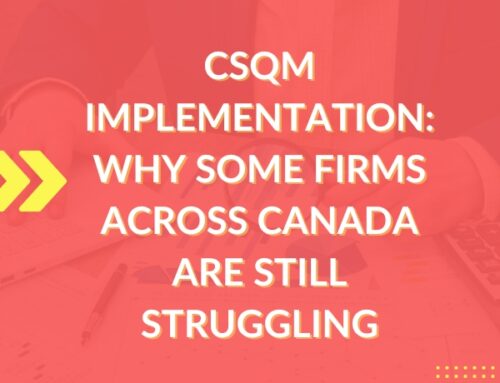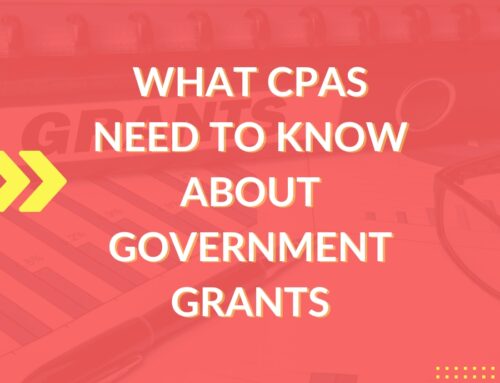Published July 5, 2023
A. Conditions for deductibility:
In general, to be deductible, interest must be incurred from borrowing for the purpose of earning income from a business or property – subsection 20(1)(c). An interest expense must meet the following four requirements:
- The amount must be paid or payable in the year or payable in respect of the year (depending upon the taxpayer’s method of reporting income);
- The amount must be paid pursuant to a legal obligation to pay interest on borrowed money;
- The borrowed money must be used for the purpose of earning non-exempt income from a business or property; and
- The amount must be reasonable as assessed by reference to the first three requirements.
Note, under normal circumstances and course of action, the test under subsection 20(1)(c) is a direct-use test; which means, there has to be a direct connection between amounts borrowed and income earning purposes. There is jurisprudence that has considered indirect purpose and use test as well, but this is beyond the scope of this note.
B. Ludco Test – Satisfying the Purpose test for the transaction:
The money borrowed must be used for the purpose of earning income from a business or property. The use of the word “purpose” suggests that it need not be established that income be produced by the business or property, but merely that the taxpayer establish an intention based on the facts that the money was borrowed for the purpose of earning income. The money itself is not described as being capital and therefore need not be borrowed capital in the technical sense of that term in accounting phraseology. Any borrowed money, if borrowed to earn income from business or property, would qualify. The leading case on the interpretation of the “purpose” requirements of interest deductibility is Ludco Enterprises Ltd v R, [2002] 1 C.T.C. 95 (SCC). With respect to how the purpose test is to be applied, the Court stated (paras 54 and 55):
…” Having determined that an ancillary purpose to earn income can provide the requisite purpose for interest deductibility, the question still remains as to how courts should go about identifying whether the requisite purpose or earning income is present. What standard should be applied? In the interpretation of the Act, as in other areas of law, where purpose and intention behind actions is to be ascertained, courts should objectively determine the nature of the purpose, guided by both subjective and objective manifestations of purpose” …
In summary, the requisite test to determine the purpose for interest deductibility is whether, considering all the circumstances, the taxpayer had a reasonable expectation of income at the time the investment was made.
- Related party borrowings:
In situations where a person related[1] to the taxpayer (i.e., a spouse) borrowed money to acquire shares held by the taxpayer on which a gain had accrued, the shares would roll at their cost base to the spouse, so no gain would be recognized at the time of the sale[2] (unless the parties elect to opt-out of the automatic rollover). Another related party borrowing is using a family home as a collateral for business reasons. An example could be where a principal residence is used as security for the loan used to purchase shares in a business; the proceeds of which were used to repay the loan that financed the share purchase. Here, the interest on this loan would be deductible because it was used to repay the loan for the share purchase. The shares are assumed and expected to earn an income.
However, tax planners must be cautious of deliberately structuring an arrangement where an interest deduction is realized when it may be considered that one of the main purposes (or intent) is for the taxpayer to use the cost of borrowing as a deduction of mortgage interest which is ordinally disallowed[3]. The CRA has been critical of such planning and can be considered offensive. The administrative position is discussed below.
2. CRA – Administrative position on purpose test:
The CRA has been critical of tax planning, which involves adopting certain methods of financing under the guise of income earning – such as using primary residential property as a collateral and the taxpayer’s ability to deduct borrowing costs at the personal level. Here the justification for the borrower is the borrowed funds is used for an income earning purpose, such as an investment into a business. However, at the same time, the taxpayer may expect to deduct the interest expense which can be the cost of mortgage. In the ordinary course (where there has been no borrowing purposes) a mortgage cost will not be allowed deduction for the taxpayer.
The CRA has been consistent in applying subsection 18(1)(h) to deny such interest deduction whenever it is clear that the taxpayer intent is to benefit a deduction over a personal and living expense. This position is not contrary to the well accepted principles that a taxpayer can restructure their borrowings when the funds used are for the purposes earning an income. What is important is the intent of the taxpayer at the time of borrowing funds and if there is truly an income earning purpose. Could the taxpayer have considered other properties or assets which were at disposal that could have equally served the purpose of a collateral towards obtaining a loan.
In its administrative release[4] the CRA states that a taxpayer may restructure borrowings and the ownership of assets to meet the direct-use test. One practical way is if the taxpayer can segregate funds[5] received (typically in separate accounts) from borrowed money and funds received from other sources. Funds from other sources might include those received from operations or other sources that are otherwise not linked to money previously borrowed. This fund segregation commonly referred to as cash damming, makes it easier for taxpayers to trace borrowed money to specific uses.
Stay tuned for Part 2 on this topic.
[1] Related as defined in section 251 ITA.
[2] Pursuant to subsection 73(1) ITA.
[3] Mortgage interest on personal home is not deductible under section 18 ITA.
[4] See Folio S3-F6-C1.
[5] This is also called cash damming and acceptable under certain types of tax planning.






